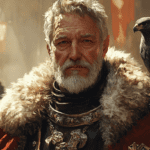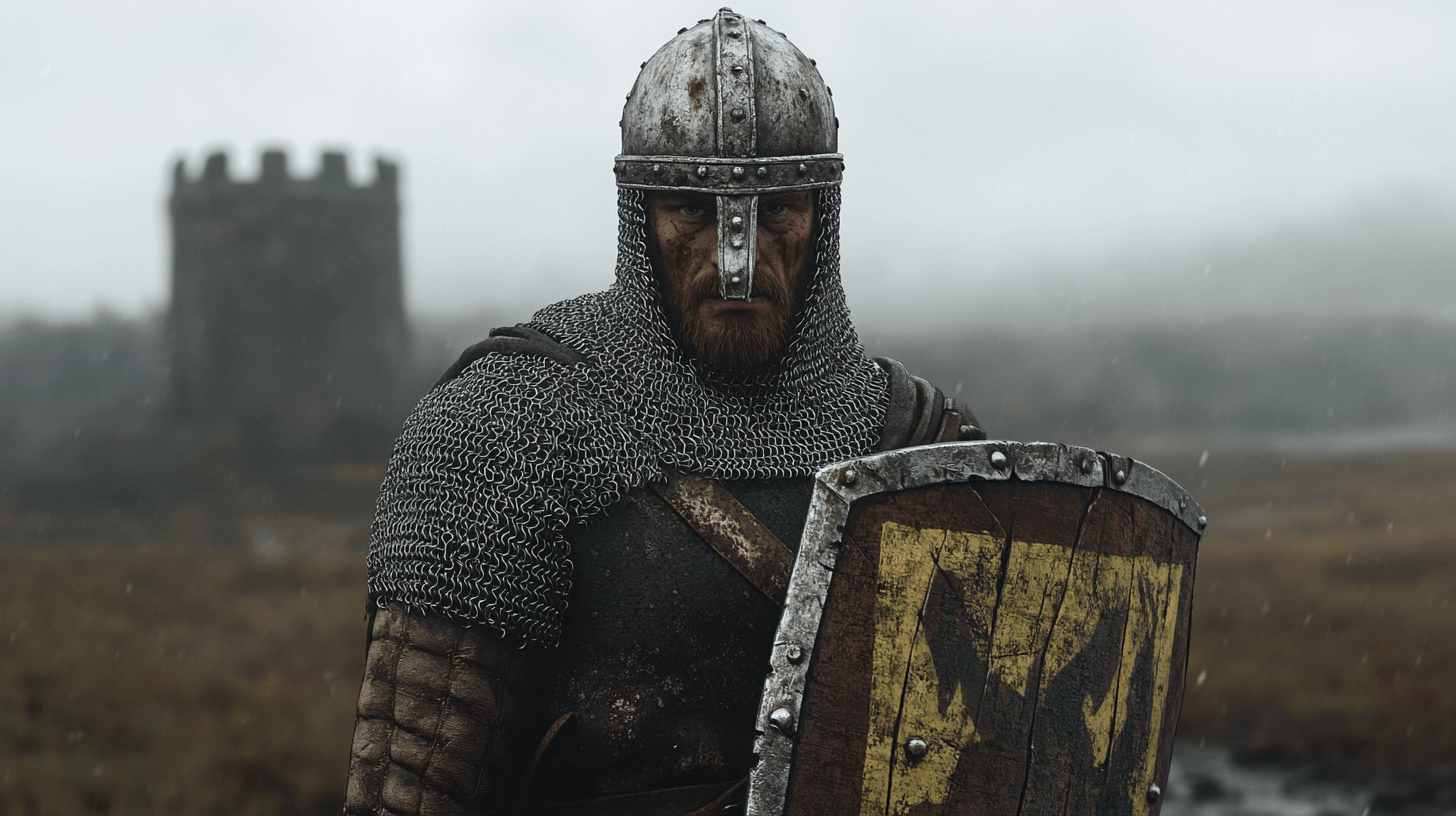
The Setting: Ireland in 1176
In 1176, Ireland was a land in turmoil. The Norman invasion, which had begun just a few years earlier, had dramatically altered the political landscape of the Emerald Isle. At the center of this upheaval was Richard de Clare, better known as Strongbow, the Anglo-Norman lord who had become a key figure in Irish affairs.

Strongbow had arrived in Ireland in 1170, answering the call of the deposed King of Leinster, Dermot MacMurrough. In exchange for his military assistance, Strongbow had been promised MacMurrough’s daughter Aoife in marriage and the succession to the throne of Leinster. True to his word, Strongbow had helped MacMurrough reclaim his kingdom, and upon the Irish king’s death in 1171, Strongbow had indeed become the new ruler of Leinster.
The Precarious Position
By 1176, Strongbow’s position in Ireland was both powerful and precarious. He had successfully subdued much of the Irish resistance and divided the conquered lands among his vassals. However, his rapid rise to power had not gone unnoticed by his liege lord, King Henry II of England.
Henry II, ever wary of his ambitious vassals, had already taken steps to curb Strongbow’s growing influence. In 1171, he had ordered Strongbow to return to England and had forced him to surrender the coastal towns of Ireland. Although Strongbow had managed to retain Leinster as a direct vassal of the king, the relationship between the two men remained tense.
The Gathering Storm
As the spring of 1176 dawned, Strongbow found himself facing mounting challenges. The Irish chieftains, though subdued, were far from defeated. Rumors of alliances and planned uprisings reached Strongbow’s ears, carried by his network of spies and informants.
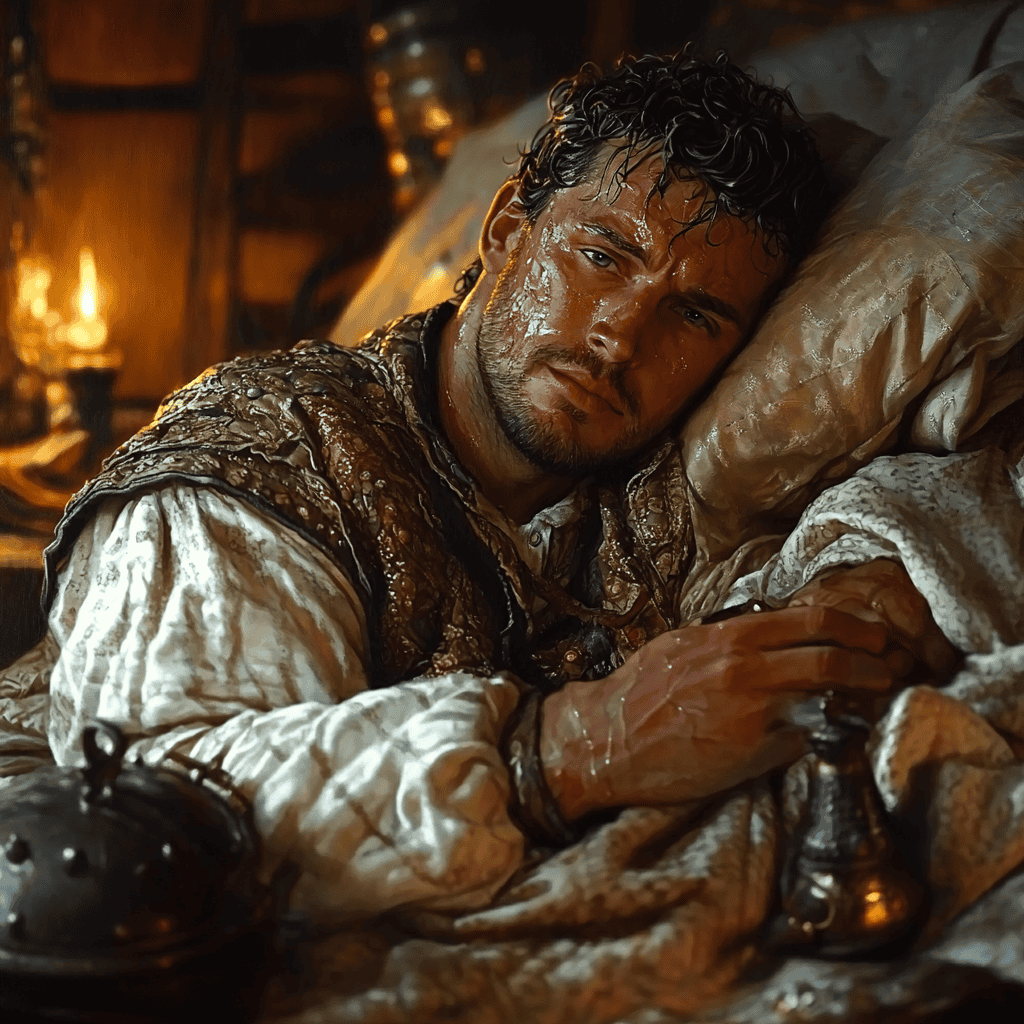
Moreover, Strongbow’s health was failing. He had been suffering from an ongoing illness, the nature of which remains a mystery to historians. As he lay in his sickbed in Dublin Castle, Strongbow received word that a coalition of Irish lords was marching towards the city, intent on driving the Normans from their shores once and for all.
The Desperate Plan
Realizing the gravity of the situation, Strongbow knew he had to act. Despite his weakened state, he summoned his most trusted advisors to his chambers. Among them was Raymond le Gros, his brother-in-law and most capable military commander.
“Gentlemen,” Strongbow rasped, his voice barely above a whisper, “we find ourselves in dire straits. The Irish are at our gates, and I fear I lack the strength to lead our forces into battle.”
Raymond le Gros stepped forward. “My lord, perhaps it is time we considered a strategic retreat. We could regroup in Wales, gather reinforcements, and return to crush this rebellion.”
Strongbow shook his head. “No, Raymond. If we flee now, all that we have built here will crumble. The other Norman lords will see it as a sign of weakness and abandon their posts. We must stand and fight.”
A young knight, barely out of his teens, spoke up. “But my lord, how can we hope to win against such overwhelming odds?”
A sly smile played across Strongbow’s pale lips. “We don’t need to win, lad. We only need to make them believe they’ve won.”
The Audacious Scheme
Strongbow outlined his plan. They would spread rumors that he had already fled Ireland, abandoning his followers to their fate. Meanwhile, a decoy force would engage the Irish army outside the walls of Dublin, drawing their attention away from the harbor.
Under the cover of darkness, Strongbow would be smuggled aboard a small, fast ship. But instead of sailing for Wales or England, they would make for the Norman stronghold of Waterford, almost 100 miles south of Dublin, where Strongbow held the position of constable.
“From Waterford,” Strongbow explained, “we can rally our forces and strike back when the Irish least expect it. They’ll be too busy celebrating their supposed victory in Dublin to see us coming.”
The Daring Escape
As dawn broke on April 20, 1176, the plan was set in motion. The streets of Dublin buzzed with whispers that Strongbow had fled in the night, leaving his army leaderless. Outside the city walls, Norman knights clashed with Irish warriors in a fierce but carefully choreographed battle.

Meanwhile, in the harbor, a nondescript fishing boat slipped quietly away from the docks. Huddled beneath a pile of old nets and canvas lay Strongbow, attended only by his personal physician and a handful of loyal retainers.
The journey to Waterford was fraught with danger. Twice they were hailed by Irish ships, and twice they managed to bluff their way through, posing as simple fishermen. As they approached Waterford, a storm blew in from the Irish Sea, threatening to capsize their small vessel.
The Twist of Fate
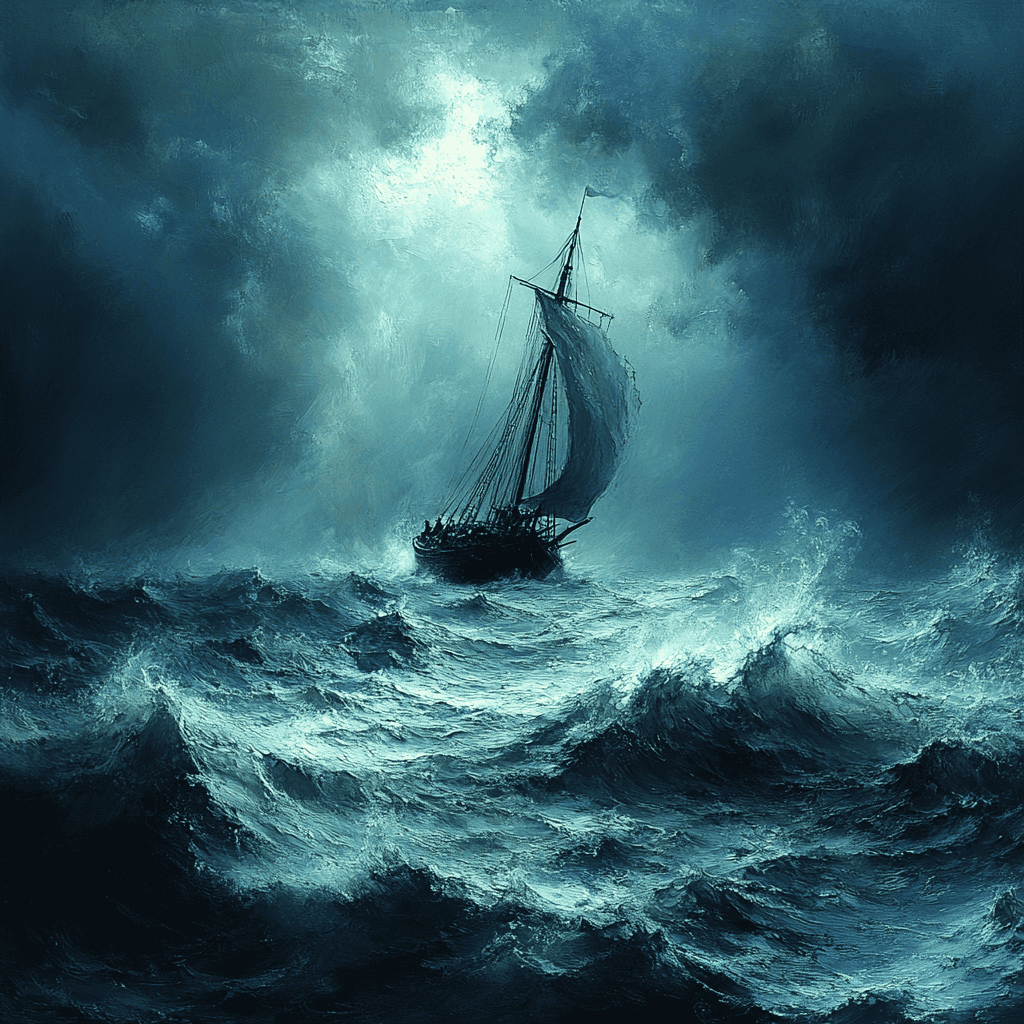
It was here, in the midst of howling winds and crashing waves, that fate took an unexpected turn. Strongbow, already weakened by his illness, took a turn for the worse. As the ship tossed and rolled, he slipped into unconsciousness.
His physician worked frantically to revive him, but to no avail. As the first light of dawn broke through the storm clouds, Richard de Clare, the man known as Strongbow, breathed his last.
The Aftermath
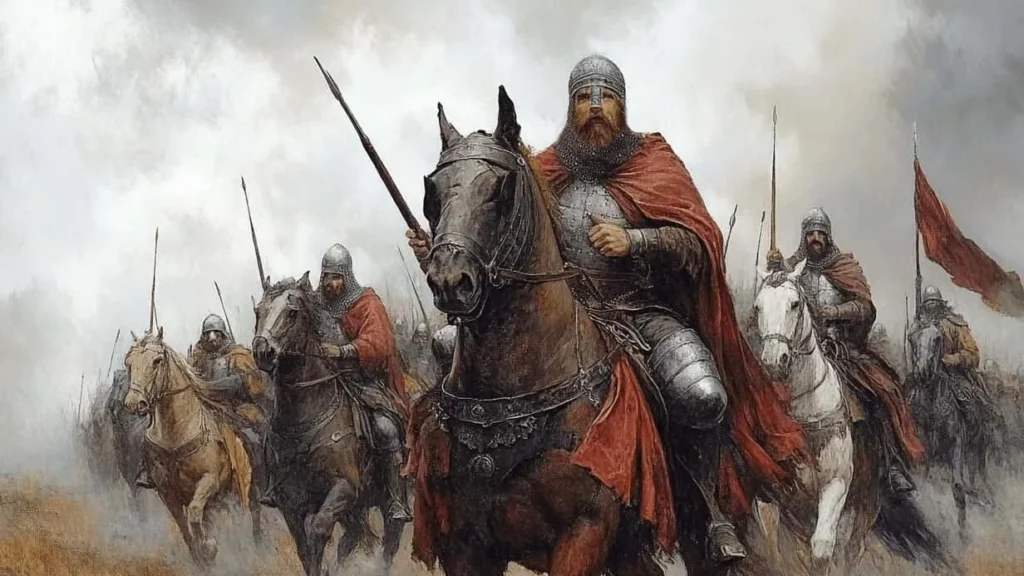
The news of Strongbow’s death sent shockwaves through Norman-controlled Ireland. Many of his followers, believing the rumors of his flight, had already begun to make their own plans to abandon the country. The revelation that their leader had died while attempting a daring escape to rally his forces changed everything.
However, instead of demoralizing the Norman lords, Strongbow’s death galvanized them. They saw in his final act not an attempt to flee, but a determination to continue the fight against all odds. Inspired by his example, they rallied their forces and launched a counteroffensive against the Irish rebels.
The Legacy
In the years that followed, the story of Strongbow’s “legendary escape” grew and evolved. Some versions claimed that he had successfully reached Waterford and died leading a final, glorious charge against the Irish. Others insisted that he had faked his own death and retired to a monastery, where he lived out his days in quiet contemplation.
The truth, as is often the case in history, was both less dramatic and more poignant. Strongbow had indeed attempted a daring gambit to save his conquest, but in the end, his own body had betrayed him. Yet his death, coming as it did in the midst of crisis, had achieved what perhaps his life could not – it had united the Norman lords of Ireland in a common cause.
The immediate aftermath of Strongbow’s death saw a period of instability in Norman-controlled Ireland. The Irish chieftains, sensing an opportunity, launched a series of attacks on Norman strongholds. However, the Norman lords, inspired by Strongbow’s final act of defiance, managed to hold their ground.
King Henry II, upon hearing of Strongbow’s death, moved quickly to assert his authority over Ireland. He appointed a new governor and sent reinforcements to secure the Norman conquests. The king’s actions ensured that the Norman presence in Ireland would continue, setting the stage for centuries of English involvement in Irish affairs.



